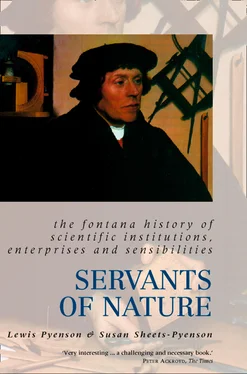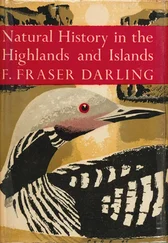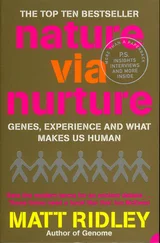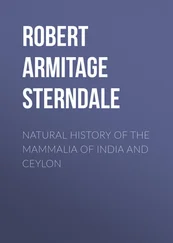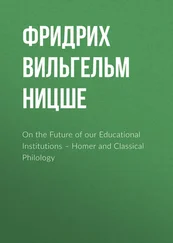Engines of the Scientific Revolution
The Royal Society of London, founded in 1660, promoted ‘a cluster of disciplines concerned with natural and mechanical phenomena to the exclusion of others, linked by common methods’. It aimed to advance the realms of natural philosophy and natural history (roughly equivalent to our physical and biological sciences), and distanced itself from discussions of theology or scholastic philosophy, which it perceived as sterile. The Society’s devotion to the production of knowledge, rather than to its dissemination, sets it apart from other contemporary institutions. Its importance and prestige was confirmed by royal incorporation at the hand of Charles II. 3
Sir Francis Bacon, a lawyer and chancellor to James I, became the patron saint of the Royal Society and of many other scientific societies as well. Bacon’s scientific contributions were unremarkable, but he enjoyed tremendous posthumous influence as the principal polemicist for the new science. In the New Atlantis (1627), he called for the creation of research institutions to accommodate the new learning. There he described ‘Salomon’s House’ – a collaborative effort dedicated to ‘the knowledge of causes, and the secret motions of things; and the enlarging of the bounds of Human Empire, to the effecting of all things possible’. Bacon maintained that only by combining the efforts of individuals could humankind hope to tackle the enormous range of questions that should be raised about the natural world. This programme formed one of the components of his projected Great Instauration , a work incomplete at the time of his death, and it complemented the inductive approach sketched in his New Organon (1620). 4
Baconian ideology infused the creation and early years of the Royal Society. As the Society’s apologist Thomas Sprat put it, Bacon’s writings contained ‘the best Arguments, that can be produced for the Defence of experimental Philosophy, and the best Directions, that are needful to promote it’. Bacon’s views not only permeated Sprat’s official History of the Royal Society (first published in 1667), but they also found expression in the Society’s charters, diffusion in the Philosophical Transactions , and reiteration in the writings of fellows like Robert Boyle (1627–1691) and John Evelyn (1620–1706). Baconianism so well reflected the motivations of diverse associations of scientifically inclined amateurs in England that historians still try to identify the group that led directly into the creation of the Royal Society. Depending on which historian’s arguments one believes, the Royal Society may be traced to a gathering of gentlemen associated with Gresham College in London, to a less pragmatic network of London philosophers and social reformers, or to a collection of natural philosophers who eventually came to reside in Oxford.
The first of these, Gresham College, had been founded in 1597 by a legacy of the London merchant Sir Thomas Gresham to provide a series of educational lectures on a variety of topics for the local townspeople. Gresham also established resident professorships in astronomy, geometry, and medicine. His former townhouse provided a natural meeting place for scientifically inclined men, including sometime lecturers Robert Hooke (1635–1702), Christopher Wren (1632–1723), and Isaac Barrow (1630–1677).
A second London group of Puritans and Parliamentarians, who flourished during the 1640s and 1650s, was attracted by the millenarian zeal exuded by Continental collaborators Jan Comenius (1592–1670), Samuel Hartlib (d. 1662), and Theodore Haak (1605–1690). John Dury (1596–1680), William Petty (1623–1687), and John Evelyn numbered among the reformers who viewed the association of scientists in a scheme by Hartlib for an ‘Office of Address’ as a mechanism for practical improvement and social advancement. The ‘office’, motivated by Protestant fervour, collected information about utilitarian discoveries and inventions.
Still another group – including Seth Ward (1617–1689), Thomas Willis (1621–1675), and William Petty – went up to Oxford from London because their mentor John Wilkins (1614–1672) had assumed the wardenship of Wadham College. Wilkins, brother-in-law to Oliver Cromwell, made the remarkable transition from Puritan divine to Anglican bishop. His followers were part of the Royalist exodus from London (and Gresham College) that had occurred during the upheaval of the Commonwealth period, when the Puritans assumed the reins of government. Robert Boyle’s move to Oxford attracted others to the quiet college town, including architect Christopher Wren and experimenter Robert Hooke. This small group of natural philosophers organized weekly meetings to perform and conduct experiments. Some scholars contend that this was the incipient Royal Society – an association that had existed as an ‘invisible college’ under the Puritans and even previously during the reign of Charles I.
Whatever its historical antecedents, the creation of the Royal Society of London for Improving Natural Knowledge was assured when twelve men of diverse backgrounds – from Royalist to Cromwellian – gathered at Gresham College during the early days of the restoration of the monarchy, in 1660. They resolved to meet weekly to discuss and advance natural philosophy. Two years later, Charles II granted the group a royal charter. A second charter of 1663 established the operating rules and procedures of the Society. These actions bestowed upon the group of 115 scientific virtuosi a corporate status comparable to the one enjoyed by lawyers in the Inns of Court and by medical doctors in the College of Physicians. The incorporation of the Society itself meant that it could own property, employ officers, possess a seal and coat of arms, and license its own books. 5 These were significant legal privileges at the time.
In his book The Great Instauration (1975), Charles Webster suggests that questions about the Royal Society’s origins and true character can be resolved by determining the Society’s active members. Webster identified twelve fellows – among them Boyle, Evelyn, Petty, and Wren – whose activity dominated and sustained the fledgling Society during its first two and a half years. Webster concludes that preliminary meetings were held in London during the closing years of Cromwell’s republic and that ‘diversity of outlook and experience’ brought a remarkable advantage to the group. He contends that it is ‘superfluous’ to ask whether the nucleus was Puritan or Anglican, Parliamentarian or Royalist. The early Society evolved continually in terms of its composition and interests, just as religious beliefs and political convictions fluctuated beyond its confines.
The diverse religious and political composition of the Royal Society set a premium on limiting activity to natural philosophy. The exploration of experimental and mathematical problems concentrated the energies of early fellows and minimized more fundamental differences of opinion. In this way, the Society’s work remained unaffected by the collapse of Cromwell’s republic and the restoration of the monarchy. In Webster’s words, ‘scientific work was insulated from ideological friction’. Science, according to this view, is an anodyne for social dislocation.
The Royal Society dedicated itself to ‘the advancement of the knowledge of natural things and useful arts by experiments, to the glory of God the creator and for application to the good of mankind’. It was governed by a president and a council of twenty-one fellows, from whose ranks were elected a treasurer and two secretaries. The Society employed at least two Curators of Experiments, obtained the cadavers of criminals for anatomical demonstrations, and built quarters for its assemblies in London. Fellows had to be elected by the general membership and upon election had to pay an admission fee, in addition to an annual subscription.
Читать дальше
